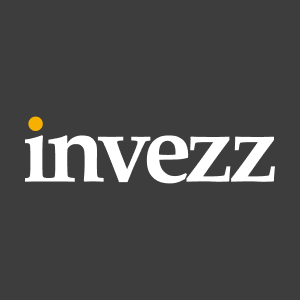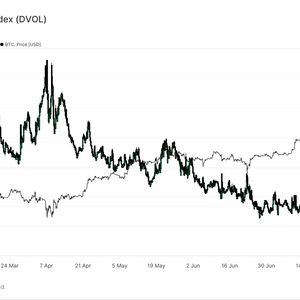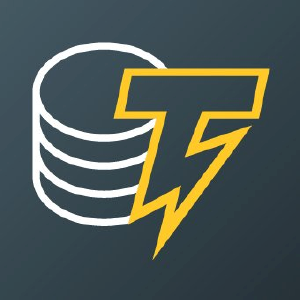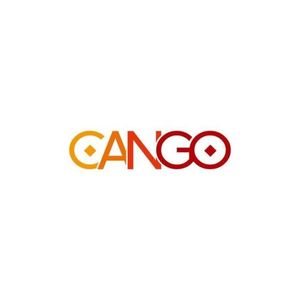Solana’s DEX Wars Intensify as Pumpfun and Orca Challenge Raydium’s Dominance
4 min read
The decentralized exchange (DEX) landscape on Solana is undergoing a major shakeup. While things are still very much in flux, the once-unshakable dominance of Raydium is facing serious pressure from emerging platforms that are quickly carving out significant market share. From April 14 to April 20, 2025, Raydium remained the largest DEX on Solana by trading volume. But for the first time in over a year, its position is no longer unchallenged. Market data from last week put Raydium at 31% of total DEX volume on Solana—still leading but down sharply from its 2025 peak of 63%. That dramatic 50% drop in market share shows just how rapidly things have changed in recent months. And of course, “things” refers to competitors that have emerged on Solana and are rapidly taking business from Raydium. The present DEX volume breakdown shows a diverse and splintered ecosystem: – Raydium: 31% – Pumpfun (Launchpad + AMM): 19% – Orca: 16% – Meteora: 12% – SolFi: 11% – Others: 11% 1/ @solana ‘s DEX landscape has never been this competitive. Here’s the market share snapshot from last week (Apr 14 – Apr 20, 2025): – Raydium: 31% – Pumpfun (launchpad + AMM): 19% – Orca: 16% – Meteora: 12% – SolFi: 11% – Others: 11% Let’s dive into the data pic.twitter.com/IuAnXT9G3e — Blockworks Research (@blockworksres) April 21, 2025 Pumpfun Emerges as a Powerhouse The most notable development in this changing scene is the emergence of Pumpfun, a new player that has quickly surged to the number two spot on the leaderboard. Just weeks after launching its automated market maker (AMM), Pumpfun has become responsible for 19% of total DEX volume on Solana. Last week alone, it hit a record-breaking $4.3 billion in trading volume, which stands as an all-time high for the platform. Pumpfun owes its success to a hybrid model. On the one hand, it is a memecoin-focused launchpad, and on the other, a high-speed AMM. These two functionalities have managed to siphon off the rabid retail interest in low-cap tokens, while at the same time offering traders efficient liquidity. In the Solana ecosystem, where retail passion projects have historically gone to die, what Imperium Labs has built with Pumpfun is of dangerous potential. The really big question now is: can Pumpfun keep—if not increase—its market share in the face of a competitive and often rapidly shifting crypto landscape? With such explosive early growth, much of its future success will depend on how well it can hold onto liquidity providers, bring in serious traders, and develop in ways that don’t rely on its meme-centered past. And of course, the same questions apply to the many other projects in the Pumpfun space. Orca and SolFi Duel Over SOL-USD Dominance In the world beyond the memecoin frenzy, dominance is up for grabs in core trading pairs like SOL-USD—and Orca, a decentralized exchange, currently has a slight edge. About 27% of the trading volume for this pair happens on Orca, with another decentralized exchange, SolFi, nudging just behind at 26%. But these numbers are so close that they won’t be doing SolFi any disservice if, throughout this essay, I just shorthand for both as “decentralized exchanges serving the SOL-USD market.” Orca has emerged as a leader in several other significant categories, especially in Project Token markets like JLP and JTO, and in Liquid Staking Token (LST) swaps. This leadership across several verticals highlights the appeal of Orca to a broader user base and suggests that its base is well-diversified beyond just one niche. In the meantime, SolFi has taken great strides to establish itself as a key player in providing stablecoin and major pair liquidity. SolFi’s rapid growth in volume and usage speaks to a rising demand for DeFi platforms with simplified, clean interfaces, and trading mechanics that perform to the level of—if not better than—those on the “traditional” trading platforms. Raydium’s Position Still Strong—But Fading Even though its market share continues to shrink, Raydium remains far from insignificant. It still commands 31% of the total market and leads the Solana DEX scene. But its present looking quite more vulnerable than its September 2024 situation, with market share hovering below 33%. The last time Raydium’s market share dipped this low, it was February 2024. Raydium must face the challenge of modernizing when traders demand it. The current evolution of decentralized exchanges means that if there are to be seen promising new features, stellar incentives, and smooth collaborations with the expanding DeFi portfolio promised by Solana, DEXs need to evolve and adapt. No one wants to use an old DEX. Everybody wants to trade with new features. They want a user interface that is as crisp and inviting as it is clear. And if you think DEXs can work with a bad user experience, I’ve got a proposal for you: How about the next Solana DEX not work? A More Competitive Future for Solana DeFi The DEX market in Solana has become incredibly competitive, and that’s a positive development. Users have more options now than ever before, and new projects are appearing all the time. In fact, the speed at which protocols are being launched can make one dizzy. But what’s really impressive is that not only are these new protocols appearing, but all contenders in Solana’s DeFi space seem intent on innovating rapidly and retaining users. The next few months will be very important in determining whether this new fragmentation settles into a small number of dominant players or continues to support a multi-DEX ecosystem in which specialization counts. One thing is for sure: this race is not over by a long shot. Disclosure: This is not trading or investment advice. Always do your research before buying any cryptocurrency or investing in any services. Follow us on Twitter @nulltxnews to stay updated with the latest Crypto, NFT, AI, Cybersecurity, Distributed Computing, and Metaverse news !
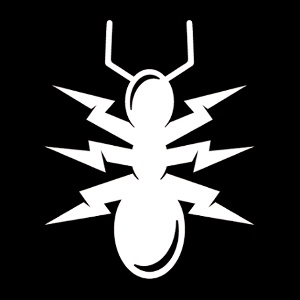
Source: NullTx
